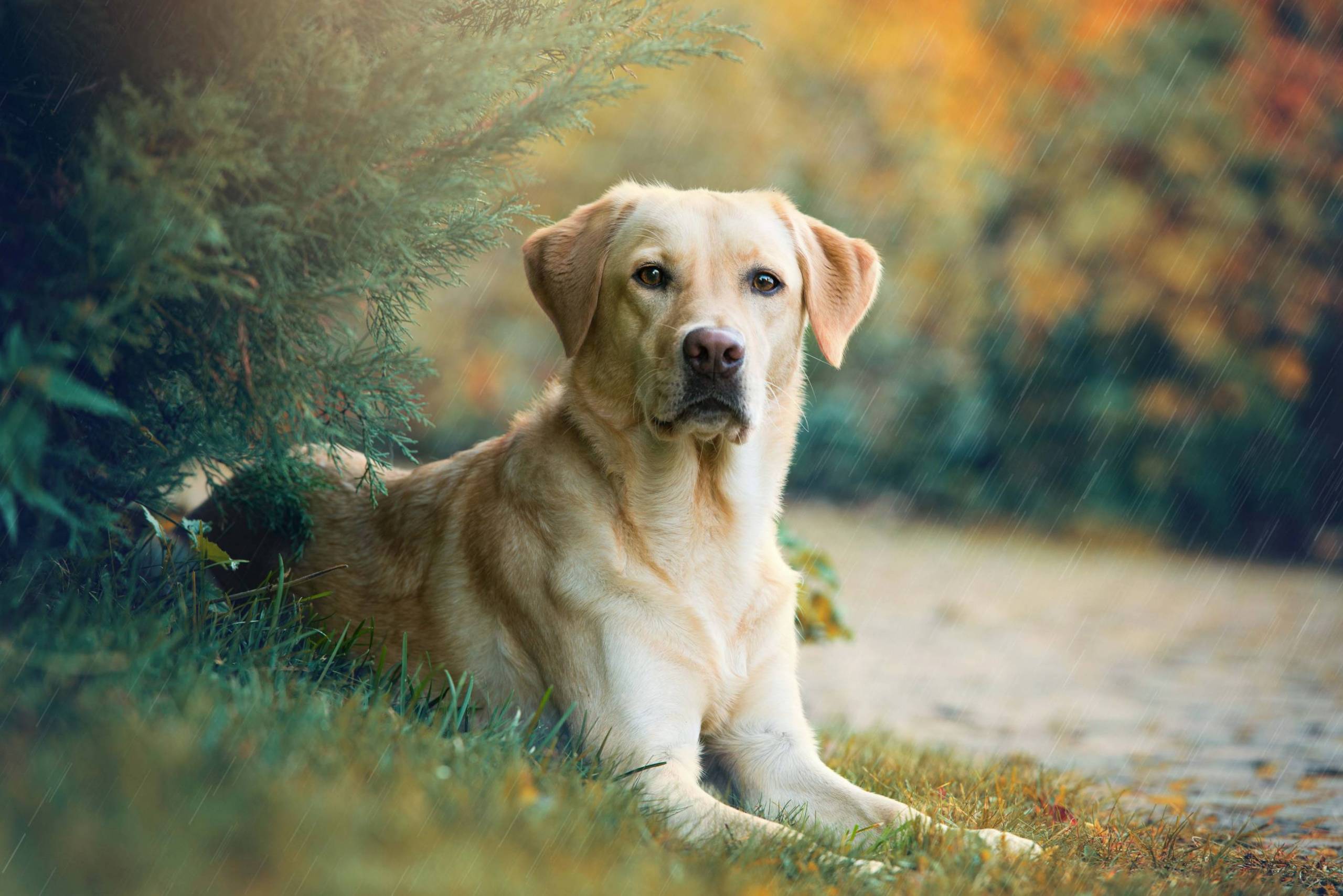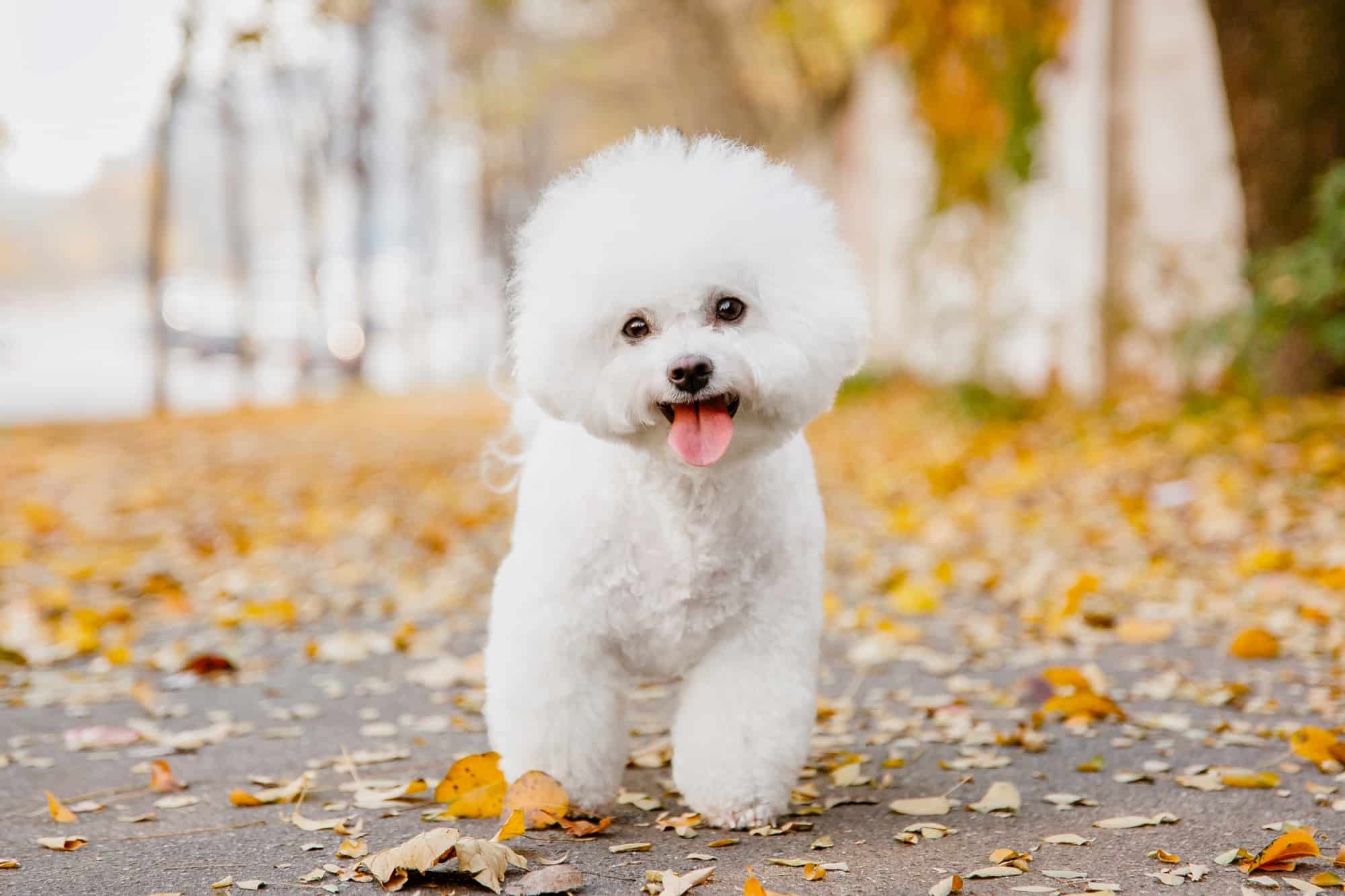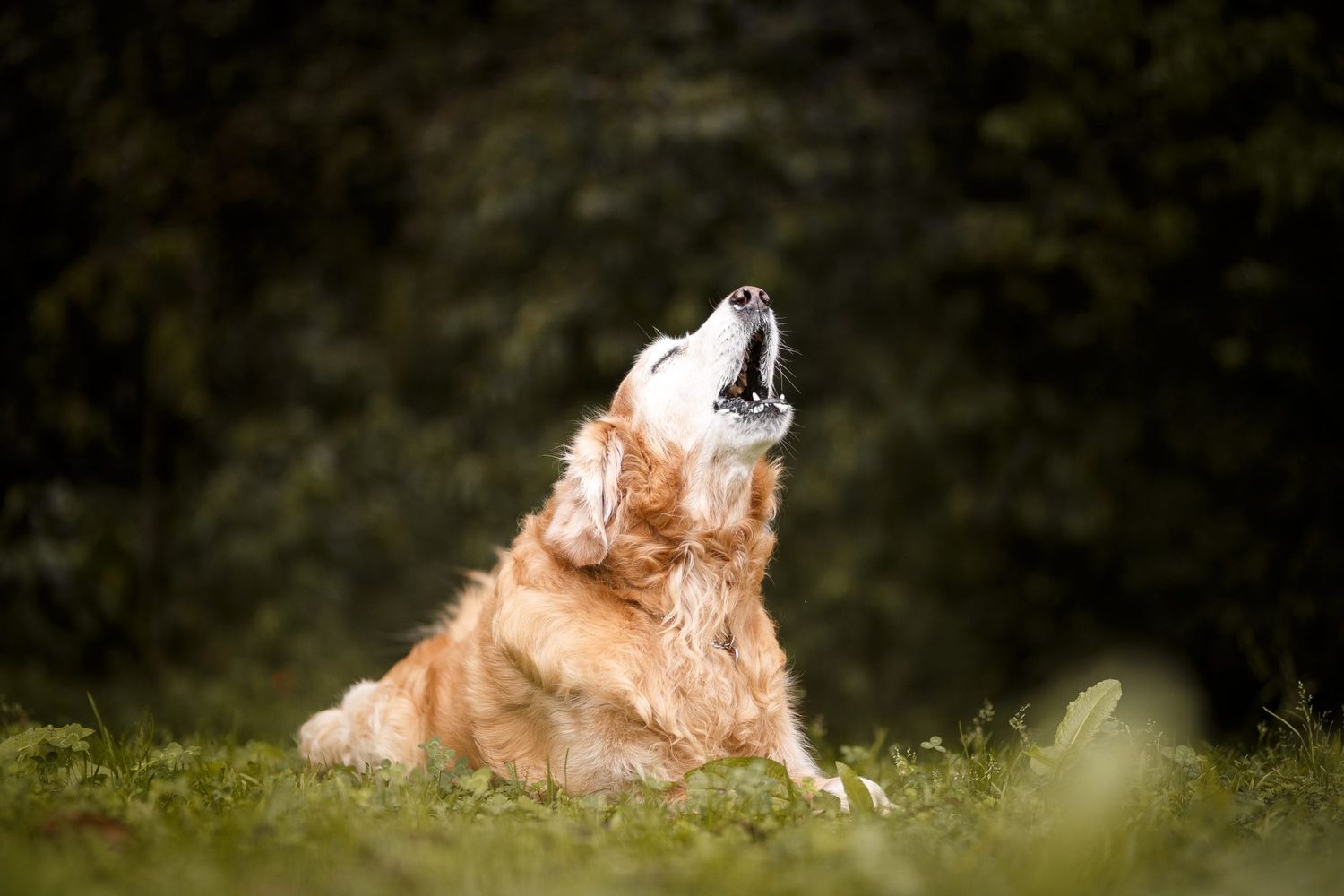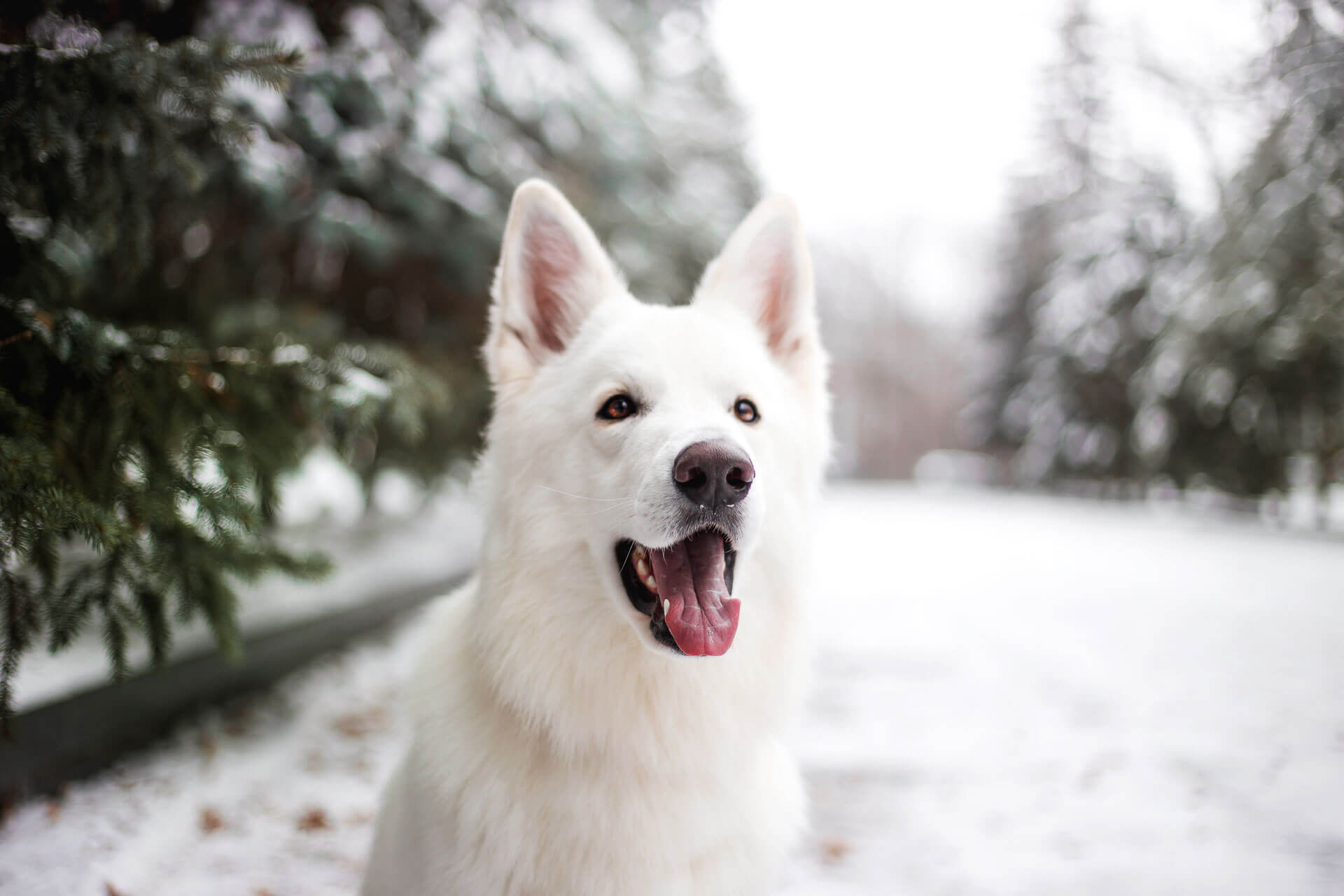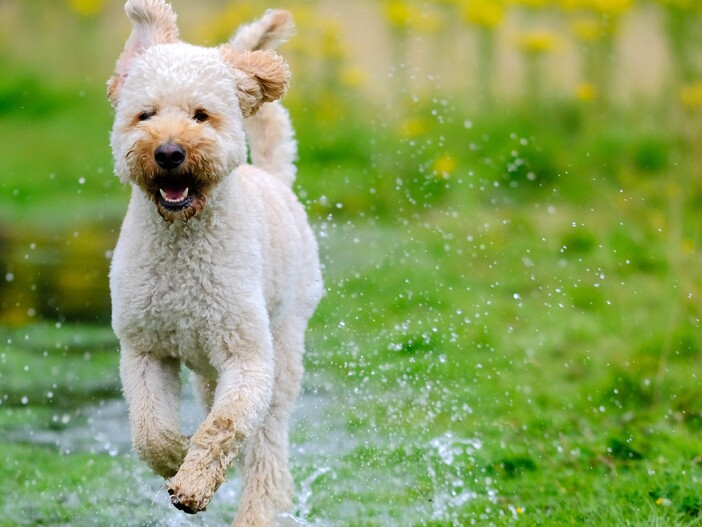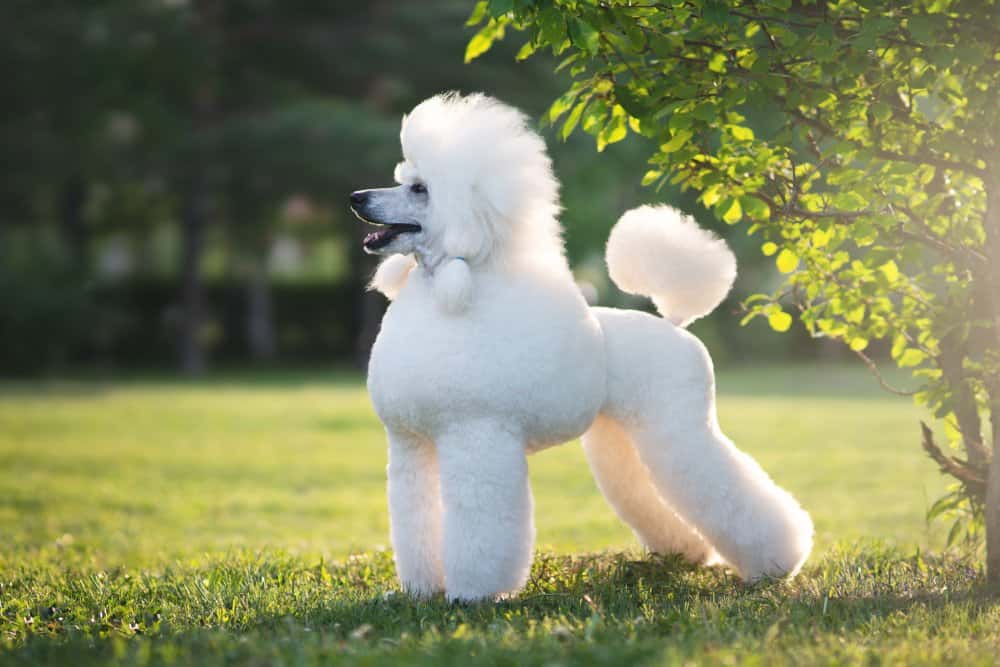Grain-free diets are the hype with many dog owners, and many of them will go to any lengths to ensure that their four-legged friends stay happy, healthy, and active at all times. The question though is whether grain free dog foods are the ideal formulas for dogs or if they are just marketing hypes to lure dog owners into buying pet food.

Some of the ways to keep the pets happy include ensuring that they take regular exercises for mental stimulation and flexibility, they eat balanced healthy diets, and they stay clean and much more. Of all these, food plays a massive role in ensuring the dog gets all the nutritional needs needed for proper growth. Ingredients in any diet you feed a dog with, make a lot of difference in how your pet grows and adapts to the surroundings.
One of the most popular diets for dogs is grain-free dog food. Many dog owners choose grain-free food because it comes with many benefits irrespective of the dog’s breed or stage of life. In this article, we look at the things that make grain-free food tick, and why many pet owners prefer it to grain-rich formulas.
See also:
[su_note note_color=”#f9f6de”]
- How Much Should I Feed My Dog
- How To Get A Dog To Eat Dry Food
- Best High Fiber Dog Food Anal Gland Problems
[/su_note]
No products found.
What is grain-free dog food?
Before we find out why some dog owners prefer grain-free dog food to regular food, it is useful first to understand what grain-free is, especially to someone keeping a dog for the first time. A grain-free recipe is one that contains no cereals such as wheat, corn, soy, barley, sorghum, millet, oats, rice, or maize, among others. Grain-free diets refer to foods that are rich in real meat products with no by-products.
They contain easy to digest animal proteins, a balanced list of nutrients and no questionable ingredients or fillers that may bring harm to the dog’s digestive system. The theory behind the making of grain-free diets stems from the fact that dogs are descendants of the wild predatory animals that feed primarily on meat alongside veggies and fruits that they get from eating their prey.
Dogs, according to grain-free food manufacturers, and dog owners that swear by grain-free diets, have digestive stomachs that can only handle their ancestral diets. Grain-free diets use alternative ingredients such as pea flour, and potatoes, which are high sources of carbs.
Regular Dog Food vs. Grain-Free Dog Food
Eating grains for dogs is the same as eating junk food for humans. The food, according to the makers of dog food, comes with no nutritional benefits as compared to protein-rich dog food. Grains contain complex carbohydrates and starches that the dog’s digestive system does not digest well.
The reason for this is that the dog lacks enough enzymes that break the complex carbs and starches down, which leads the dog to develop allergies. Regular foods, despite the beliefs, are still popular with dog owners. A regular grain dog food contains a combination of some of the most popular grains, which include wheat, barley, oats, corn, rye, soy, and rice, among others.
According to some veterinarians, grain foods come with as many benefits as grain-free formulas. For starters, they are rich in carbohydrates, which provide the dog with fiber that promotes easy digestion and energy. Grains also contain other essential nutrients that include linoleic acid, fatty acids ad proteins. With the knowledge that grains provide dogs with high and quality nutrients, why use grain-free dog food for the four-legged friend?
Why is grain-free dog food better?
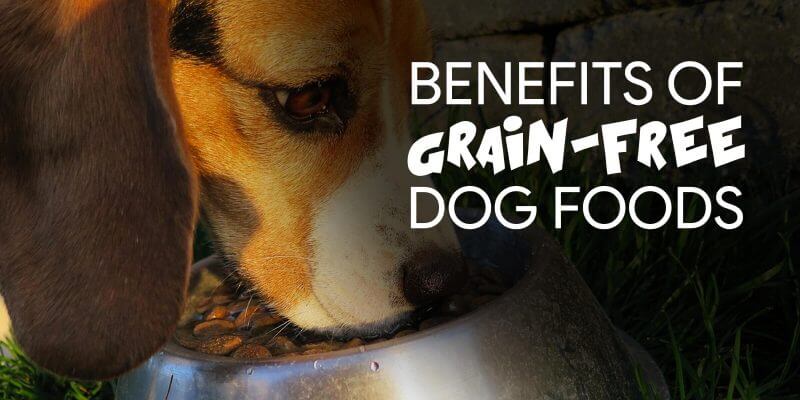
Read more : Can Dogs Get Mono
Why is grain-free food popular with pet owners and veterinarians? Below are the benefits of grain-free food that will answer your question.
-
Fewer allergies and less intolerance
Dogs develop allergies and intolerance to certain ingredients, some of which include grains. One of the best ways to prevent allergies is by cutting down on grains in pet food formulas. The symptoms that dogs with allergies display include itchy skin, excessive gas, vomiting, diarrhea, skin rash and irritations, ear and skin infections, and loose stools, among other issues.
Food intolerance does not display severe symptoms as allergies, but they are a threat to the dog’s overall health. Putting the dogs on a gluten-free diet that is also free from other grains helps to save the situation.
-
Healthier coat and skin
Some ingredients also cause the dog’s coat to become rough and dull. The same ingredients also cause skin dryness, itchiness, irritation, and inflammations. If left untreated, the problems could also lead to a loss of fur and infections. A grain-free diet includes ingredients that are rich in omega 2 and omega 6 fatty acids that help to promote healthy skin and shinier coat. Healthy skin and coat are some of the simple signs that show the overall health of the dog.
-
More energy
Grain-free diets help to promote higher energy levels for the dog. The formulas contain high protein levels that are the primary sources of energy for the dogs. With less digestible grains in the recipe, dogs can maintain their sugar levels, which in turn provide them with more energy.
-
Less loose stools
Switching to a grain-free diet helps dogs to pass smaller and more compact stools. It also helps the dogs to pass stool more frequently, which translates to less waste. Grain-free foods have less indigestible ingredients that help with a healthier digestive system.
Instead of corn, and corn, grain-free food ingredients include tapioca and potatoes that help to replace the carbohydrate content to thicken the stools and work to slow down the food transit time through the dog’s intestines.
-
Reduces the amount of gas
Large amounts of grains such as wheat, soy, or corn, in dog foods, can cause dogs to produce large quantities of gas that produce a foul smell. The smell is uncomfortable for anyone near the do, and that includes the dog too. It causes discomforts and cramps, which may sometimes lead to the dog passing out.
Though producing gas is healthy in dogs, it is a great inconvenience as it comes with many other issues, some of which are too frustrating for the dog owner and the pet. In some situations, it could also be an indication of a sick digestive system.
Feeding the dogs with grain-free diets helps to reduce gas problems by a large margin. One of the reasons for this is that many of the grain-free diets contain probiotics that comes with immense relief for flatulence.
-
Improves breathe
Grain rich diets contain large amounts of carbohydrates that leave plaque on dog’s teeth. The dog’s saliva may wash off the deposits eventually. While the saliva is slowly cleaning the carb deposits on the dog’s teeth and mouth, bacteria in the mouth start to feed on the carbs. The bacteria produce foul-smelling odors that give the canine dog halitosis or bad breath.
Grain-free foods, on the other hand, come with fewer carb concentrations that do not cause bad breath in dog’s mouths. Whether dogs take grain-free or grain-rich diets, they are still susceptible to cavities. Feeding the dog with fewer carbs, however, helps to reduce the problem. It is also vital to brush the dog’s teeth occasionally.
-
Easier to digest
Dogs, just like humans, can digest most food types easily, including carbohydrates. The ability to digest different food types, however, does not mean that dogs digest every food and ingredient given to them with the same ease. The digestive system of the dog can handle fats and proteins with much more ease than it handles grains because the latter take longer to break down.
Grain alternatives in grain-free diets such as potatoes, tapioca, and sweet potatoes break down more quickly than other grains. The easy digestion of these other alternatives helps the dogs system with more comfortable absorption and better efficiency of the body’s operations.
-
Contains more superior ingredients
Read more : Can Dogs Eat Sunflower Seeds?
The ingredients in grain-free formulas are more superior to the ones in grain foods. The recipes contain high quality and complex carbohydrate ingredients that provide the dog with better nutritional values than ordinary grains and fillers.
-
Weight management
Grain-free diets contain lower carbs, which are the leading causes of obesity in dogs. The dogs, instead of using carbs, utilize the protein and fat content in their grain-free meals for energy. The protein and fat content in grain-free formulas also breaks down faster than carbs in the dog’s system, helping to build leaner muscles with less fat.
Disadvantages of grain-free dog food
Despite its popularity, grain-free dog food also comes with some disadvantages. Some of the downsides include
- Grain-free foods as compared to regular meals are more expensive
- The absence of grains in the formula may cause higher incidences of canine dilated cardiomyopathy (CDM)
- Not suitable for less active and older dogs because they can cause weight gain
- May contain less nutritious sources of carbohydrates as compared to regular grain foods
Why the FDA is saying grain-free dog food is causing heart problems
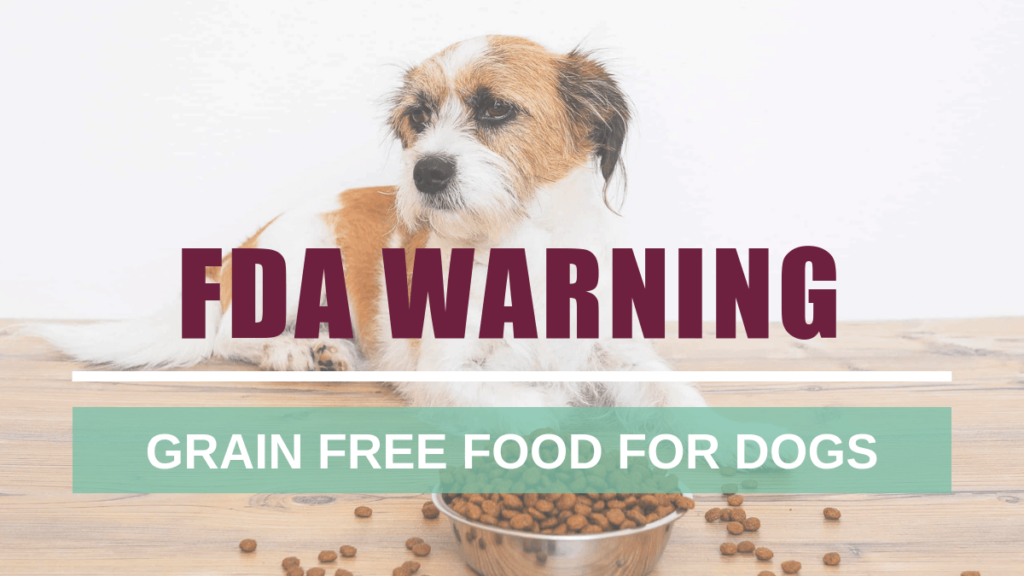
While many pet owners continue to feed their dogs with grain-free diets, FDA has in recent months embarked on finding out the link between heart diseases in dogs and grain-free foods. The question is grain-free food linked to the continued heart diseases in dogs, is among many pet owners minds.
FDA noted that the surge in DCM or dilated cardiomyopathy in dogs has something to do with the increased intake of grain-free diets.
The most puzzling thing about the disease and according to FDA is that the culprits are breeds not prone to DCM. The only thing they have in common is the kind of diet their owners put the dogs on which are grain-free food. The disease is especially common in large breeds that include Dobermans, Danes, Wolfhounds, Boxers, and Newfoundland, among others.
A few smaller breeds such as Cocker Spaniels are also susceptible to DCM. Others that show signs of heart disease include Shi Tzu’s, Bulldogs, Golden Retrievers, and Whippets, among others.
DCM is the enlargement of the heart, which in turn weakens the muscles preventing active pumping of the blood. The problem may lead to congestive heart failure if left untreated. The reasons that point to grain-free diets is because research carried out on the sick dogs showed that they are eating foods with specific ingredients that include potatoes, lentils, peas and other legumes.
The ingredients found to cause heart problems are more common in grain-free foods than they are in regular meals. Though the research is still ongoing, this goes to show that maybe all the hype about grain-free diets could be nothing but just a marketing strategy.
Wrapping it up
Even with the ongoing FDA research on the effects of grain-free foods to the continued heart diseases n some breeds, grain-free formulas continue to be a favorite with many pet owners. When you look at the benefits that grain-free foods provide, they outweigh those of regular grain foods.
Majority of the reputable brands that manufacture grain-free meals in the market, offer superior ingredients that come with both nutritional and health benefits for the dogs. The result is more active and energetic dogs throughout their life stages.
Some Best Grain Free Dog Food:
No products found.
[su_note note_color=”#f9f6de”]
More Top Picks
[/su_note]
Source: https://petstutorial.com
Category: DOGS


